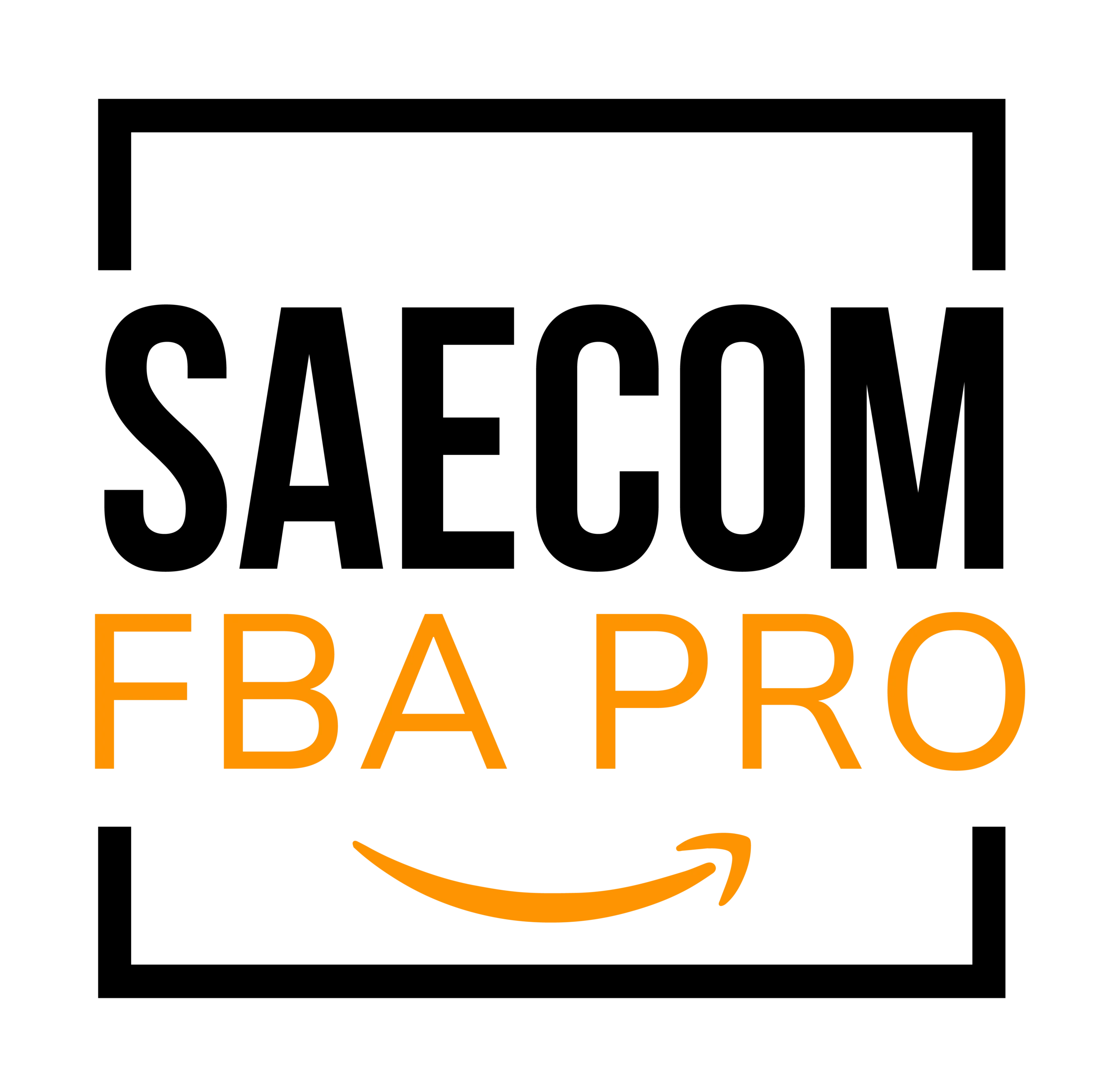Amazon FBA Private Label: Strategies for Success in 2025
Entering the world of the Amazon FBA private label can feel like navigating a labyrinth. The challenges are real, and for many aspiring entrepreneurs, there are numerous hurdles to overcome. Figuring out how to start can be overwhelming, separating dreamers from true entrepreneurs. Without a clear strategy for launching your brand effectively, achieving success can seem like an impossible task.
Navigating this landscape isn’t easy. I’ve heard countless stories of sellers who thought they had everything figured out, only to launch their product and face the crushing reality of no buyers. This discouraging experience often leaves them hesitant to try again, let alone scale up their operations on Amazon’s platform. It’s no surprise that many give up.
But here’s some straight talk: if you don’t learn the essentials of running a successful Amazon FBA business, growth will remain elusive. The good news is that there are actionable strategies to overcome these challenges, and I’ll cover them in this article.
What are private label products on Amazon?
Being a private label seller on Amazon means selling your own line of products under your unique brand name. These products are typically sourced from a supplier or manufacturer, though some sellers manufacture the products themselves. In most cases, private label sellers buy products from manufacturers and rebrand them with their own logos and packaging.
In the early days of private labeling, sellers could simply slap a logo on a product and call it their own. However, this approach is no longer effective. The marketplace has shifted, and success now requires adding value to your products. Enhancing product features, improving customer service, and offering a superior overall experience are key to thriving in today’s competitive environment.
How to Run a Successful Private Label Business on Amazon?
1. Add Value to Your Product Offering
To stand out in a crowded market, you need more than just a unique label. Your products must offer tangible value that meets customer needs and wants. A simple rebrand won’t cut it anymore. Instead, focus on enhancing your product’s features, quality, or associated services.
Forbes suggests that businesses can differentiate themselves through quality improvements or by offering additional services alongside their products. These small but impactful changes can significantly improve customer satisfaction and loyalty.
2. Spend Time on Your Branding

Creating a strong brand identity is essential for any private label business. Your brand should resonate with your target audience and reflect the unique value proposition of your products.
Tips for Selecting an Impactful Brand Name

Choose a brand name that is memorable, relevant, and trademark-able. This not only protects your business from copycats but also ensures your brand’s uniqueness in a competitive marketplace. Use resources like the USPTO’s online database to verify if your chosen name is available for trademarking. Analyze successful brands in your niche for inspiration, but avoid closely mimicking them to prevent legal issues.
Protecting Your Private Label Business with Trademarks.
Navigating trademarks can be complex, but they are vital for protecting your business. Whether you choose to file a trademark yourself, hire a lawyer, or use a platform like LegalZoom, due diligence is key. Filing fees typically range from $225 to $400 per class, but additional costs may arise for legal assistance and trademark maintenance. Ensure your brand name isn’t already taken by using tools like the USPTO’s TESS system.
Remember, maintaining your trademark is just as important as obtaining it. Neglecting renewals or failing to use your trademark commercially could result in losing your rights.
Creating an Online Presence outside Amazon
Having a standalone website for your private label brand can significantly enhance your business. While Amazon serves as a powerful sales channel, your website acts as a home base where customers can learn more about your brand and products.

A well-designed website builds trust, showcases professional product photography, and allows for enhanced brand content such as blogs or articles. These elements not only provide value to customers but also improve your SEO rankings.
The Role of Social Media
Social media platforms are invaluable for engaging your audience and expanding your brand’s reach. Platforms like Facebook and TikTok allow you to connect with potential customers, promote products, and foster loyalty. With billions of active users, these platforms offer vast opportunities to grow your brand.
Logo Creation and Hiring Graphic Artists
Your logo is a cornerstone of your brand’s identity. It should be visually appealing and represent your business’s core values. Platforms like Looka and Fiverr can help you create preliminary designs, but hiring a professional graphic artist for the final touches ensures a polished result. Investing in a high-quality logo pays off by boosting brand recognition and credibility.

Crafting an Engaging Story Around Your Product.
Storytelling is a powerful way to connect with customers. Understand your audience’s needs and craft narratives that highlight how your product solves their problems or enhances their lives. Authentic customer testimonials, behind-the-scenes insights, and relatable scenarios can make your brand more memorable and trustworthy.
Differentiating Products on E-commerce Platforms.
To succeed in e-commerce, your products must stand out. This requires innovation and addressing customer pain points. Conduct market research, analyze competitor reviews, and gather direct feedback from your audience. By offering unique, high-quality solutions, you’ll establish trust and loyalty among customers.
Creating High Conversion Listings on Amazon.
A successful product listing drives traffic and converts sales. Optimize your title with relevant keywords and use high-quality images to showcase your product’s features. Tools like Jungle Scout can help refine your keywords and improve your listing’s search ability.
Leverage Amazon’s sponsored brand ads and enhanced brand content (EBC) to elevate your listings. EBC allows registered brands to add rich content to their product pages, boosting conversion rates.
Price Your Product Competitively.
Ensure your pricing strategy aligns with market trends and customer expectations while maintaining healthy profit margins. Tools like Aura Repricer can help you optimize pricing dynamically.

FAQs about Amazon FBA Private Label.
1. Is private labeling on Amazon still profitable?
Yes, private labeling remains profitable when done correctly with high-demand products and effective differentiation.
2. What is a private label on Amazon FBA?
Private labeling involves selling products under your unique brand name, typically sourced from third-party manufacturers.
3. What is the difference between Amazon FBA and private label?
Amazon FBA is a fulfillment service, while private labeling refers to creating and selling branded products.
4. What are the profit margins for the Amazon private label?
Profit margins generally range from 20% to 50%, depending on factors like product type and operational efficiency.
Conclusion
Private labeling on Amazon FBA offers significant opportunities for entrepreneurs willing to put in the effort to build a brand. While online arbitrage provides predictable revenue, private labeling allows you to create a unique and scalable business. By following these strategies, you can successfully navigate the challenges and build a thriving private label brand. Feedback is always welcome, so feel free to join the conversation or subscribe to the email list for more insights!


